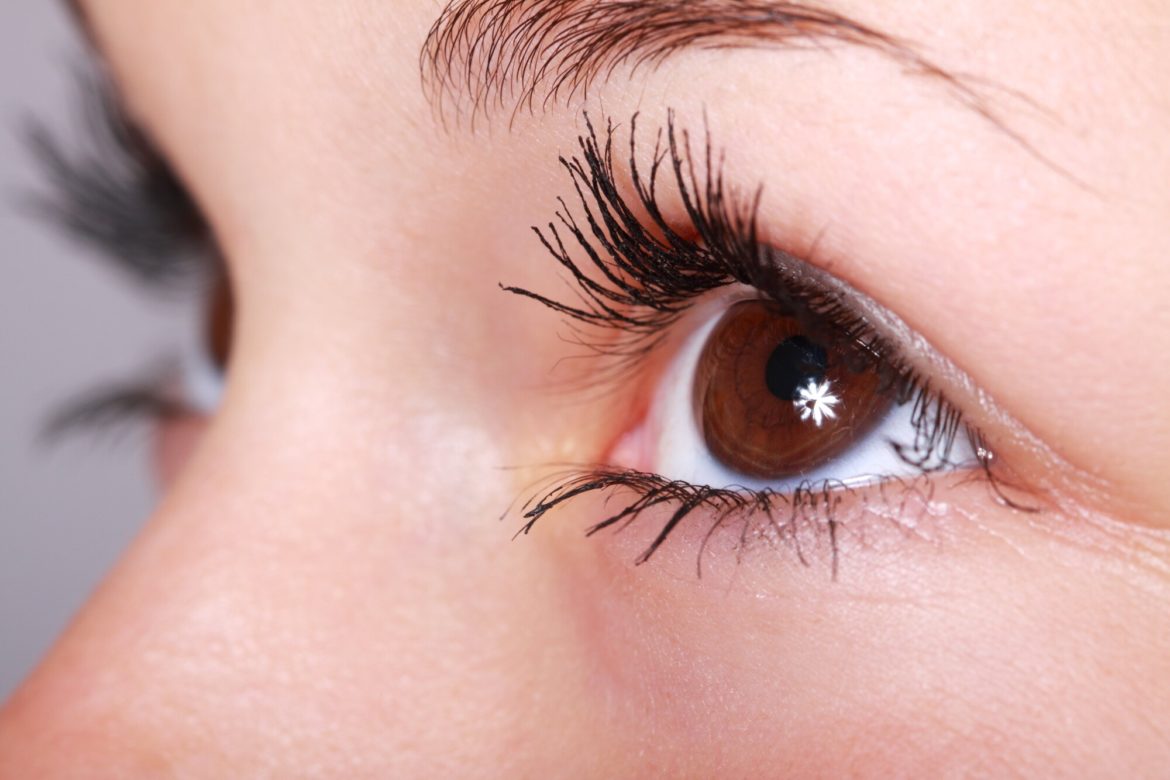More than 45 million people in the United States wear contact lenses regularly. Odds are that you’re part of that group!
Are you concerned about whether or not you’re wearing your contact lenses the right way? If so, now is the time to learn if you want to avoid eye pain and vision loss.
Out of all of the serious complications that can arise from contact lens misuse, acanthamoeba keratitis is one of the most serious to learn about.
Keep reading to find out more about acanthamoeba keratitis and how you can avoid it.
What Is Acanthamoeba Keratitis?
This is a type of infection that impacts your cornea, which is the outer covering of your eye. It is caused by a single-celled organism called an amoeba as it enters your eye and eats through some of your cornea’s layers.
As it destroys tissue, your eye is also going to suffer extreme damage.
What Are the Causes?
These amoebae (called acanthamoebae) can be found in lakes and oceans, but you can also come across them in the air or in soil. A lot of these infections originate in freshwater, like showers, hot tubs, swimming pools, or from a tap.
Once the amoeba comes across the eye, it will attach itself to the outer surface of the cornea and burrow its way in. It can also enter the eye more easily if there are small scratches or abrasions on the surface.
Who Risks Getting Acanthamoeba Keratitis?
Any person can be vulnerable to this condition, but it’s more common in those that wear contact lenses. More specifically, you’re at a greater risk for this if you:
- Use tap or sale water instead of a disinfectant solution to clean your lenses
- Have had damage to your cornea previously
- Swim, shower, or go into hot tubs with your contact lenses in your eyes
- Don’t store or handle your lenses correctly
You’ll only get acanthamoeba keratitis if the amoeba is in the water you’re exposed to, but contact lenses make it easier for water to get trapped near the eye. If you’re exposing your eye to potentially contaminated water by using it for cleaning or storing your lenses as well, this is even riskier.
Symptoms to Look Out For
The most common symptoms you’ll notice in the early stages include blurred vision, eye pain, redness, and a cloudy or “dirty-looking” cornea.
You may also have sensitivity in one or both eyes and watery eyes. Some people experience a white ring on the surface of their eyes.
It could take days or weeks for symptoms to arise after exposure.
Diagnosis and Treatment
If you think you may have been exposed to this type of amoeba, you should visit the doctor right away. A doctor that specializes in eye care, like an optometrist or ophthalmologist, can give you a proper diagnosis.
They will give you an eye exam and ask about your symptoms. If you wear contact lenses, they will also inquire about your usage. It’s easy to misdiagnose this because a lot of the symptoms are similar to other corneal conditions, so it is very important to tell your doctor everything you can about possible contamination exposure.
Further, they may want to do tests, including corneal scraping or confocal microscopy.
Treatment includes topical antiseptic and/or antibiotics or antifungal medications. If your condition is more serious, you may need to get surgery or a cornea transplant in a doctor’s care for the best treatment.
Take Care of Your Eyes Today
Now that you know how serious acanthamoeba keratitis can be, it’s time to ensure it never happens to you.
Don’t risk any type of eye infection or total blindness. Always make sure that you use clean water, regularly replace or clean your contact lenses, and avoid sleeping in your lenses.
If you liked this article, be sure to take a look at the rest of our blog for more like it.

